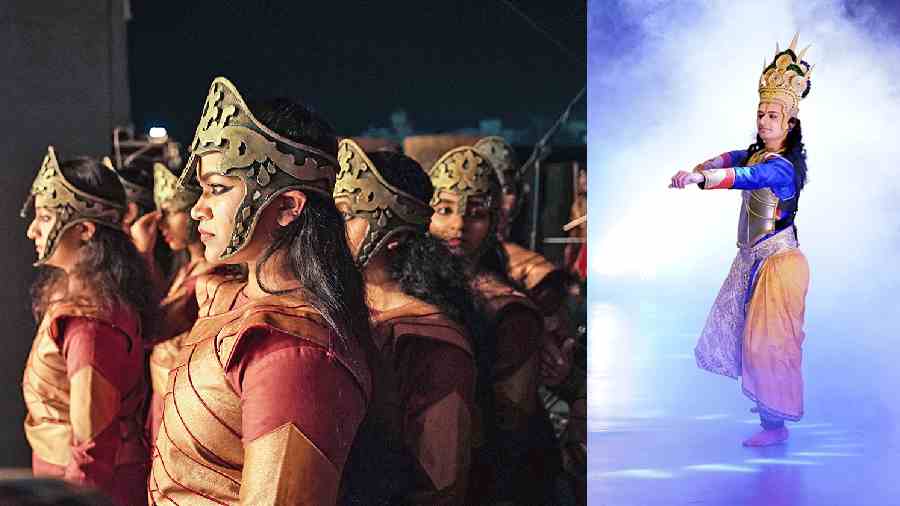Panaji in Goa buzzed with great energy for nine days bringing together art and culture enthusiasts from different parts of the country for Serendipity Arts Festival. The inter-disciplinary festival that kicked off on December 15 at different locations, heritage and non-heritage, 18 Days, Dusk of an Era! directed and produced by Bharat R Prabhath and Sharat R Prabhath, was a novel dance musical that brought to the stage 50 exceptional artistes and technicians who put together a stellar show depicting the 18-day Kurukshetra war from The Mahabharata. The spectacular show was a visual treat with its stage set-up, costumes and other dramatic effects and was curated by Mayuri Upadhya. Culinary art also found a place in the itinerary of the festival. From reimagining Goan cuisine to presenting modern ideas and a guide to the indigenous Meitei cuisine, the festival was a foodie’s paradise. Goa Familia: Families Are Like Rivers exhibited and explored the links between family histories and photographic archives to unearth trajectories of experience connected to an evolving Panaji. The other exhibitions at the Old GMC building included Chilka Dialogues, and Forgotten Crapets of the Jaipur Court. The festival saw many starstudded performances and one of them was by Amit Trivedi who sang his hit numbers like Love you zindagi, Naina da kasoorand more. On December 16, The Arena at Nagalli Hills Ground came alive with the resounding notes of percussion. The Percussion Kings brought together leading artistes including legendary percussionist Sivamani who left the audience wanting more. Curated by Qasuar Thakore Padamsee who has directed and produced over 25 theatre performances, the Old GMC Complex staged some fantastic productions including Pah-Lak (in picture). Set in a Tibetian village during the Lhasa riots of 2008, this play spoke about the future of non-violence. Goa too has substantial mangroves and the purpose of this walk led by Tallulah D’Silva, environmental educator and architect, was to raise awareness about it. Curated by Vishal Rawlley and centred around Panjim city, children as well as adults joined the walk and also explored and enjoyed birdwatching. Tribal food added more flavour to the festival as it gave the visitors a first-hand experience of their cuisine, the local spices and vegetables they use and their cooking techniques. Performances on the Santa Monica Jetty had a transcendental quality and when Sandip Chatterjee played his santoor accompanied by Unmesh Banerjee on tabla, during dusk, the melodies matched the rhythm of the Mandovi river and touched souls. Farah Khatoon Pictures: Serendipity Art Festival like the Old GMC Complex Building, Post Office Museum, Excise Building, Nagara Hills, Art Park and others, was back after the pandemic-induced gap. Curated strategically to soak in all things art, the schedule was packed with live art and theatre workshops, educative and informative exhibitions, nature walk, musical performances, dance drama, a taste of local cuisine, and more.
Digital art being the main focus, it offered some amazing sensory experiences for all. The installations including the Pneumatic Sound Field and Sound Garden at the Art Park and Promenade were simple yet mind-boggling. Smriti Rajgarhia, director, Serendipity Arts Foundation and Festival, said: “Last two years the festival took place online and we had a very different experience. This year we have grown exponentially in terms of events and duration. The festival brings a mix of artists from different fields and it’s all about connecting with each other.”
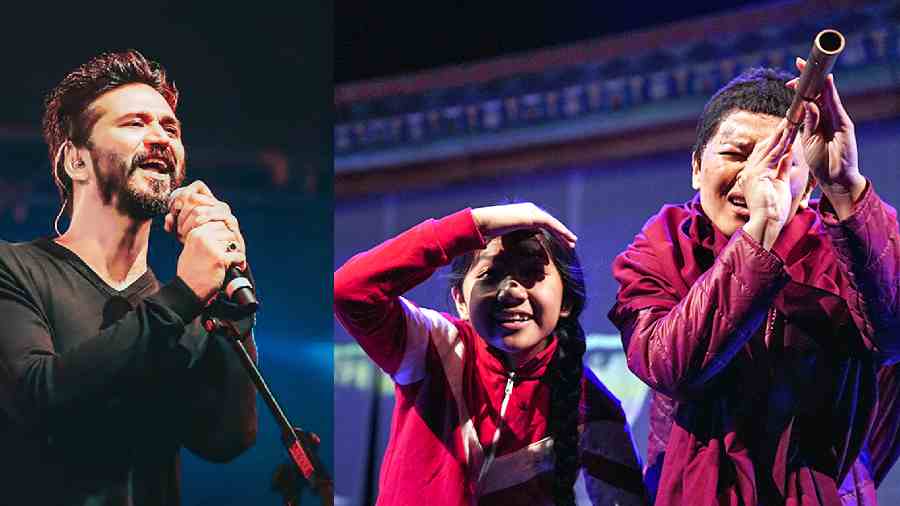
(L-R) The festival saw many starstudded performances and one of them was by Amit Trivedi who sang his hit numbers like Love you zindagi, Naina da kasoorand more; Curated by Qasuar Thakore Padamsee who has directed and produced over 25 theatre performances, the Old GMC Complex staged some fantastic productions including Pah-Lak (in picture). Set in a Tibetian village during the Lhasa riots of 2008, this play spoke about the future of non-violence.
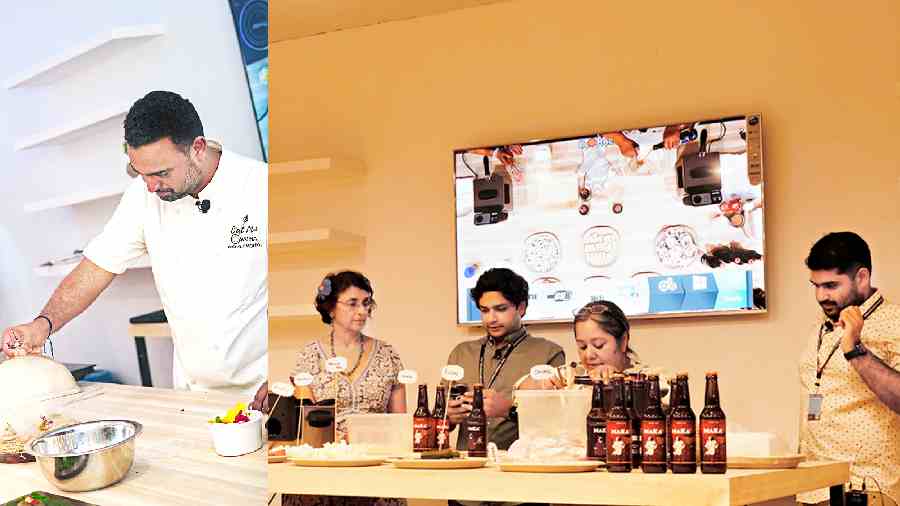
Culinary art also found a place in the itinerary of the festival. From reimagining Goan cuisine to presenting modern ideas and a guide to the indigenous Meitei cuisine, the festival was a foodie’s paradise.

Goa Familia: Families Are Like Rivers exhibited and explored the links between family histories and photographic archives to unearth trajectories of experience connected to an evolving Panaji. The other exhibitions at the Old GMC building included Chilka Dialogues, and Forgotten Crapets of the Jaipur Court.

Goa too has substantial mangroves and the purpose of this walk led by Tallulah D’Silva, environmental educator and architect, was to raise awareness about it. Curated by Vishal Rawlley and centred around Panjim city, children as well as adults joined the walk and also explored and enjoyed birdwatching.

Tribal food added more flavour to the festival as it gave the visitors a first-hand experience of their cuisine, the local spices and vegetables they use and their cooking techniques.
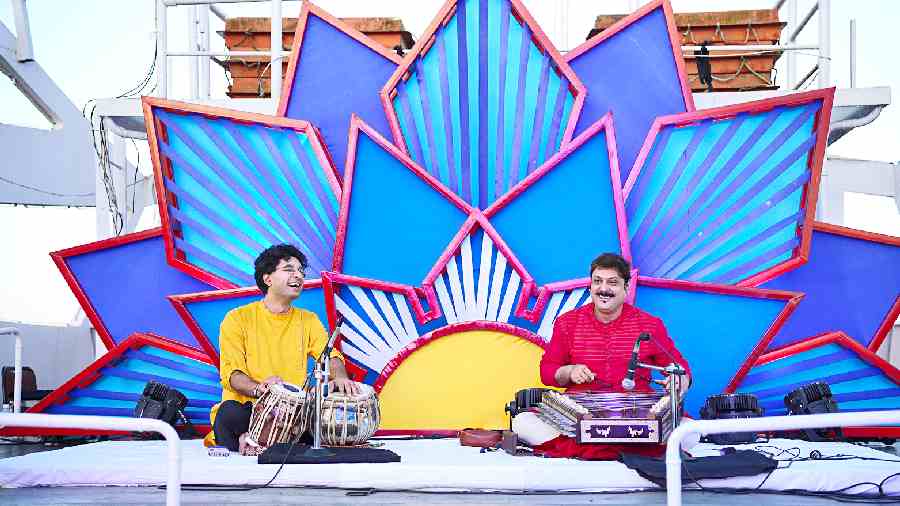
Performances on the Santa Monica Jetty had a transcendental quality and when Sandip Chatterjee played his santoor accompanied by Unmesh Banerjee on tabla, during dusk, the melodies matched the rhythm of the Mandovi river and touched souls.
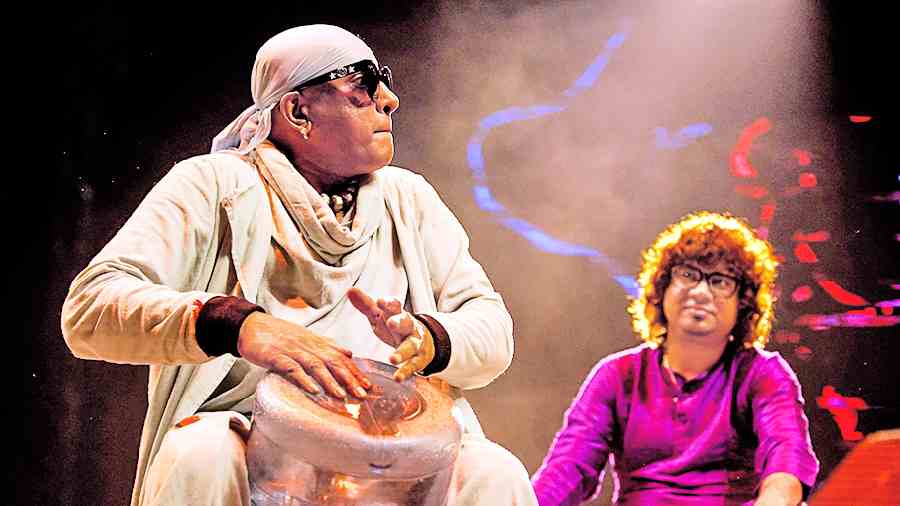
On December 16, The Arena at Nagalli Hills Ground came alive with the resounding notes of percussion. The Percussion Kings brought together leading artistes including legendary percussionist Sivamani who left the audience wanting more.
